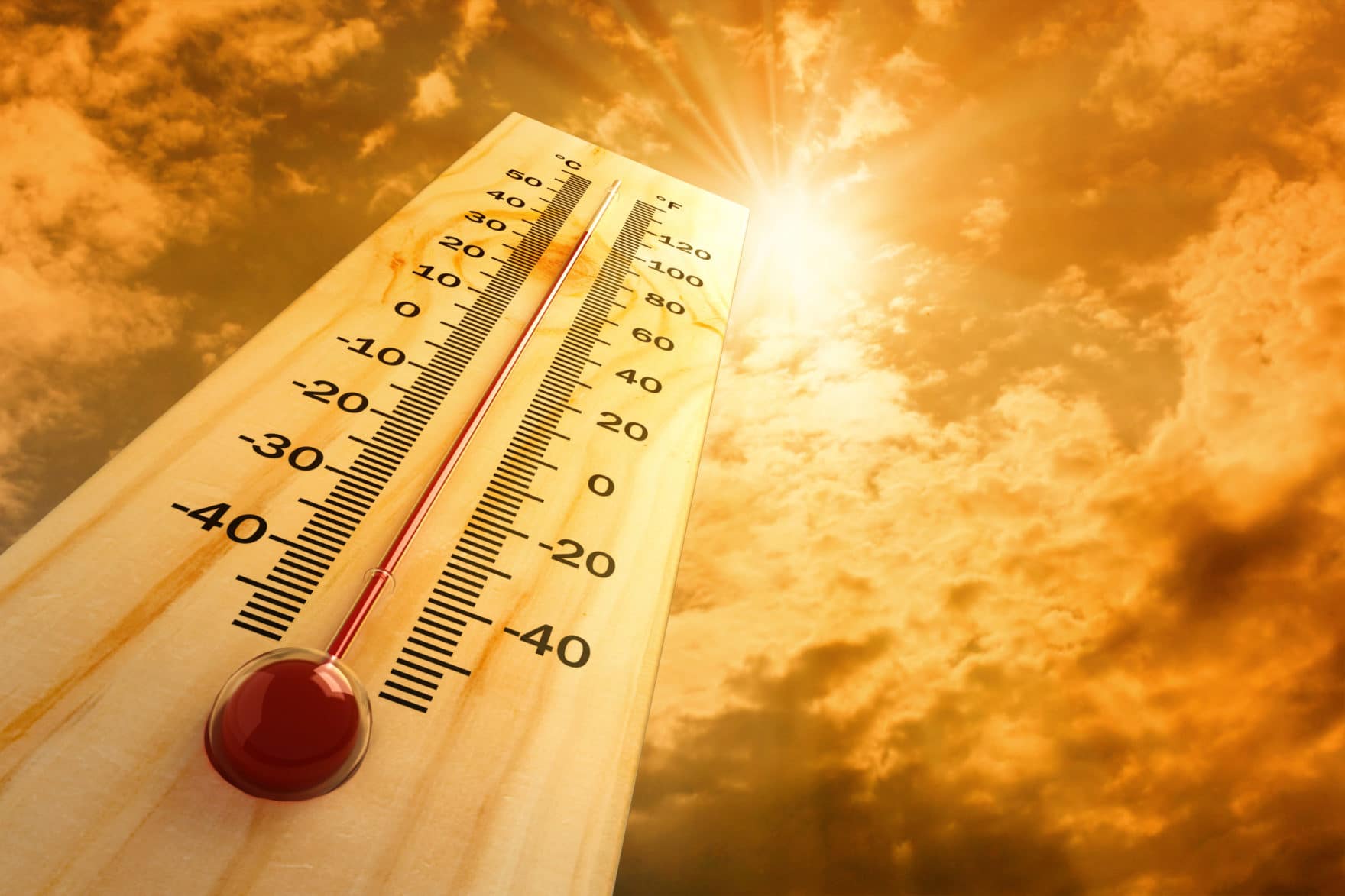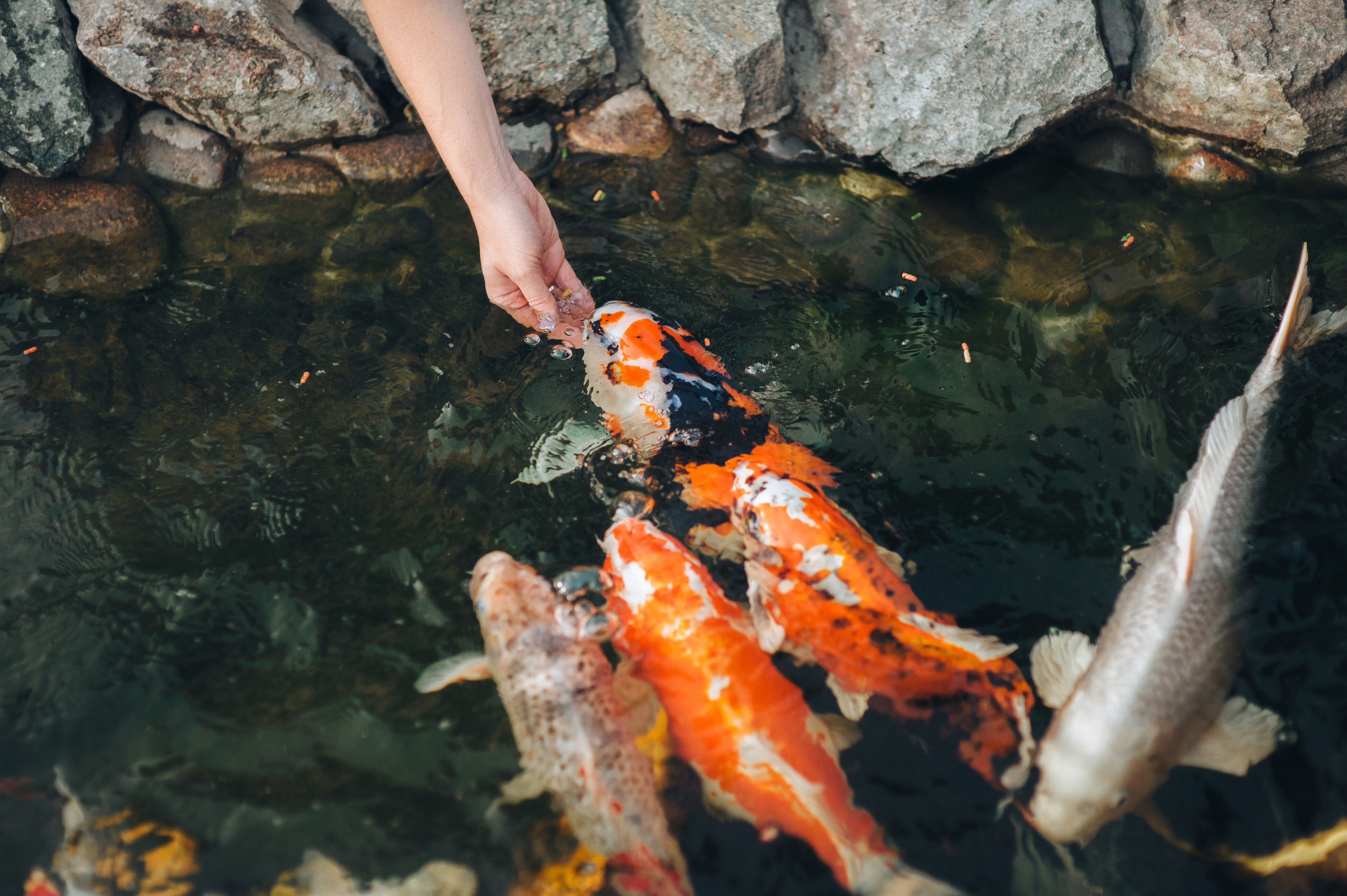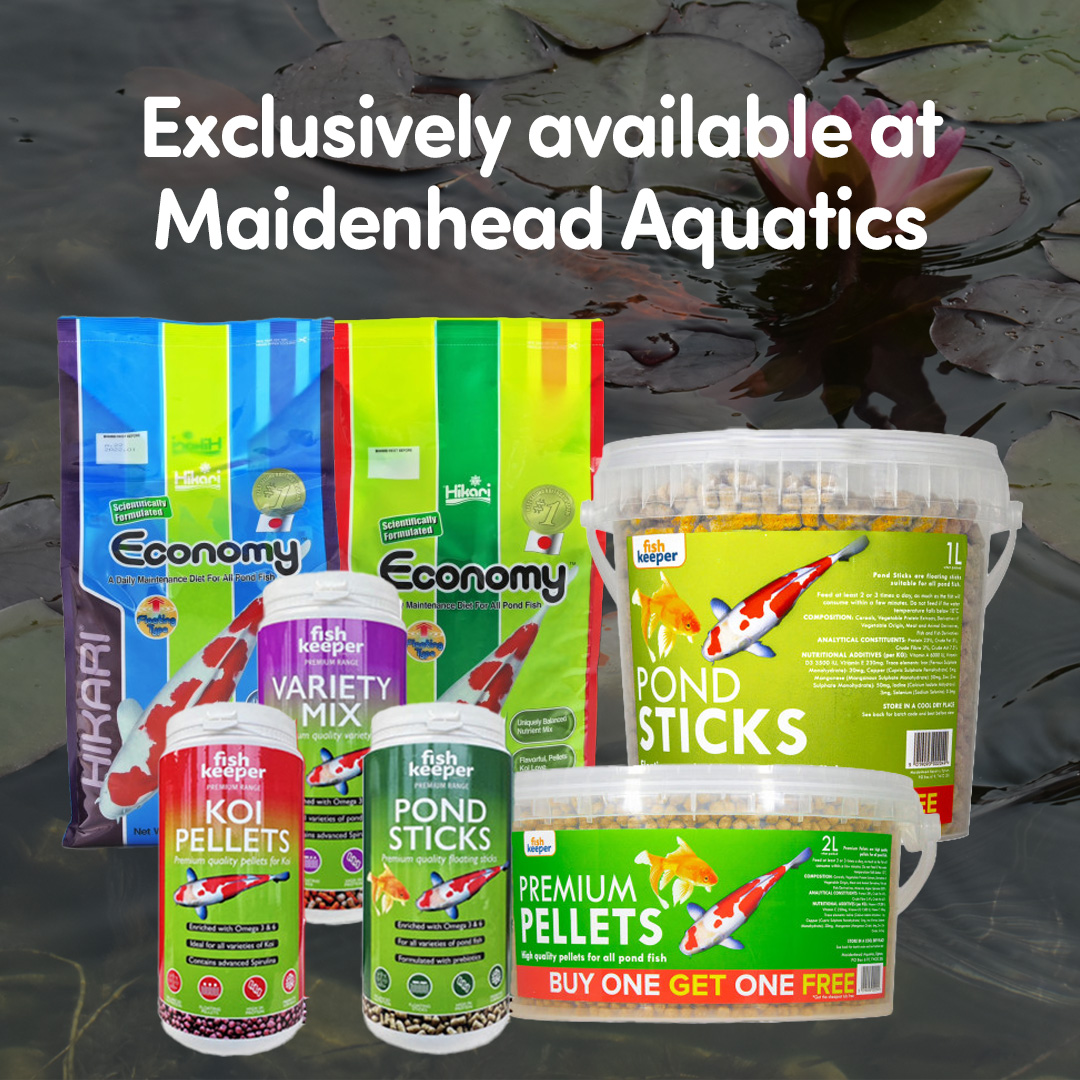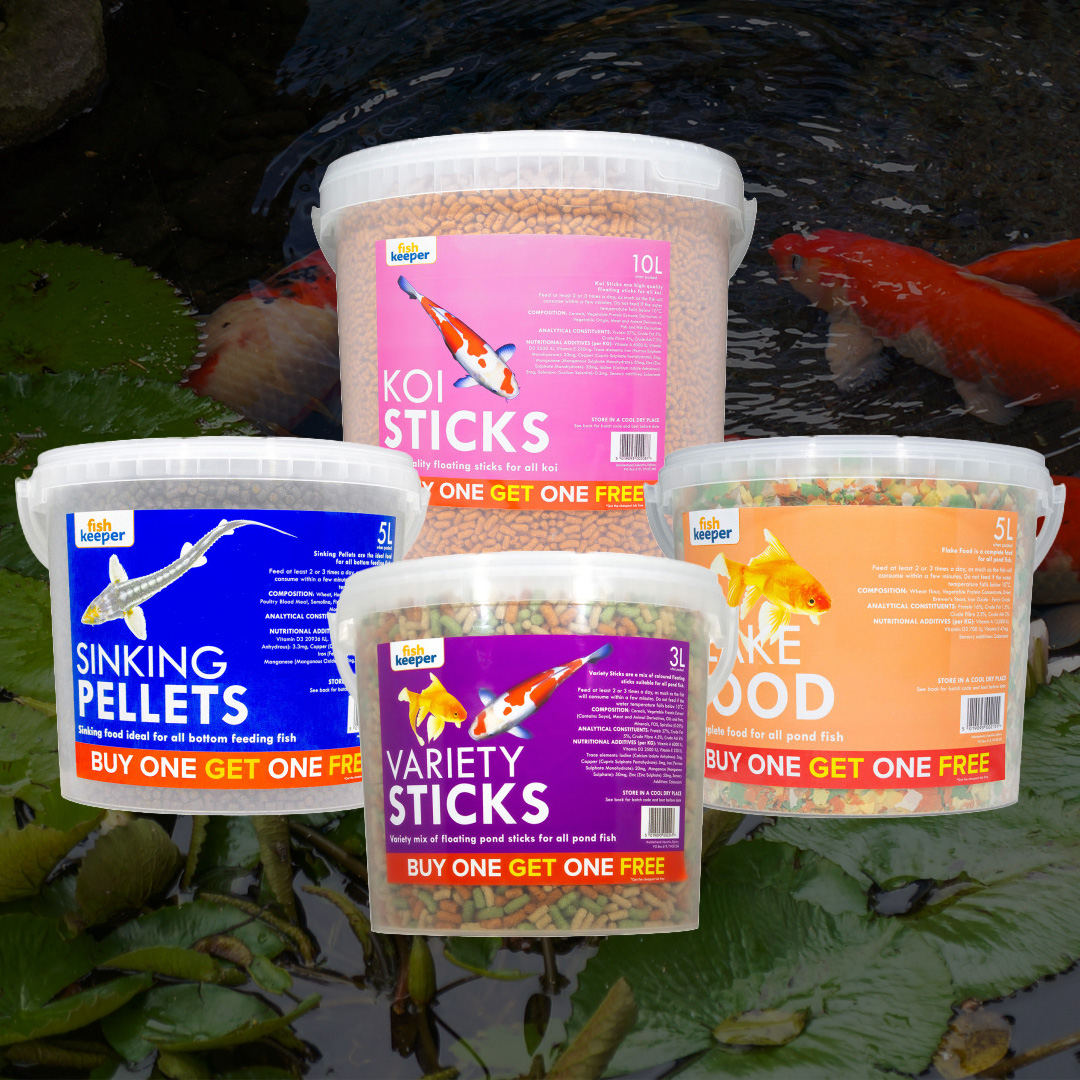How to feed your pond fish in summer: 5 tips for healthy, happy fish

Feeding your pond fish in the warmer months can make a big difference in their health, colour, and water clarity. As temperatures rise, your fish become more active and their metabolism increases, making their nutritional needs more important than ever. However, getting summer feeding right involves more than just tossing in a handful of pellets. From portion control to product quality, timing to variety—each aspect of feeding plays a role in maintaining a balanced and thriving pond. Here’s how to get it right.
1. Feed the right amount

Overfeeding is one of the most common mistakes pond owners make during summer. It may seem kind to offer your fish a generous helping, but uneaten food quickly breaks down in the water, leading to cloudy water, algae growth, and poor water quality—which, in turn, affects your fish’s health.
A good rule of thumb is to feed only what your fish can eat within 2 to 3 minutes. Watch them as they feed. If there’s food still floating around after this time, you’re giving too much. It’s better to start small and add a little more if needed than to overload the pond with excess food.
Also, remember that different species and pond sizes will have different needs. Monitor your fish’s appetite and behaviour, and tailor your feeding amounts accordingly.
2. Choose quality food

Not all pond fish food is created equal. Choosing a high-quality product is key to supporting your fish’s health and your pond’s overall ecosystem. Look for food that lists high-quality protein sources like fish meal or shrimp as one of the first ingredients. These provide the essential nutrients your fish need for growth, immune support, and colour enhancement.
Low-quality foods often include fillers like wheat or corn, which fish struggle to digest. These foods not only offer less nutritional value but also lead to more waste in the pond—clouding the water and placing extra stress on your filter system.
A quality fish food will help keep your pond cleaner, reduce maintenance, and keep your fish looking vibrant all season long.
3. Stick to a schedule
Pond fish thrive on consistency. Feeding at the same time each day helps them regulate their activity levels and metabolism, while also giving you a reliable routine to observe their health and behaviour. The more frequently you feed your fish, the tamer they will be – if your arrival means food then they’ll give you a warm welcome. This can be seen in our stores wherever there’s a feed the fishpond, typically the Koi get very excited when approached regardless of how recently they’ve been fed. Tailor each portion to reflect frequency and divide the day’s rations accordingly to avoid over-feeding.
In stable summer weather, aim to feed your fish at least once or twice a day. However, during very hot spells, it’s best to reduce the amount slightly and feed during the cooler parts of the day, such as early morning or late evening. Warmer water holds less oxygen, and overfeeding during peak heat can place unnecessary stress on your fish and degrade water quality faster.
By sticking to a sensible feeding schedule, you support both your fish’s digestion and the health of the pond environment. By sticking to a sensible feeding schedule, you support both your fish’s digestion and the health of the pond environment.
4. Add variety

Would you enjoy eating the same meal every day? Neither do your fish! Adding variety to their diet helps provide balanced nutrition and encourages natural behaviours like surface grazing and foraging.
Try alternating between floating sticks, sinking pellets, flakes, or natural treats like freeze-dried shrimp or bloodworms. Some pond owners also supplement with small amounts of leafy greens or peas—just be sure to introduce new foods gradually.
Variety isn’t just about nutrition. It keeps your fish interested and stimulates their environment, which can lead to brighter colouration and more active behaviour—both signs of healthy, happy pond life.
5. Watch and adjust
Finally, don’t set and forget your feeding routine. One of the best tools you have is observation. Take a moment each day to watch your fish eat. Are they eagerly coming to the surface, or are they sluggish and uninterested? Are there leftovers floating on the water?
If your fish are consistently leaving food behind or seem less active, it might be time to adjust the quantity or type of food. Water temperature, spawning behaviour, or minor health issues can all affect appetite, so be prepared to adapt your feeding as needed.
By staying observant and responsive, you can prevent overfeeding and ensure your fish are getting exactly what they need throughout the summer season.
Final thoughts
Summer is one of the most enjoyable times to own a pond. With your fish more visible and active, it’s the perfect opportunity to build a better feeding routine and enjoy their vibrant colours and playful behaviour. A little care in how and what you feed them will go a long way in keeping your pond clean and your fish in top condition.
Ready to stock up?
From protein-rich pellets to nutritious floating sticks, we stock a wide range of quality pond fish food to suit every pond and species. Shop now to give your fish the nutrition they need to thrive this summer.
Shop Now https://www.fishkeeper.co.uk/pond-products?product_types=Fish%20Food


